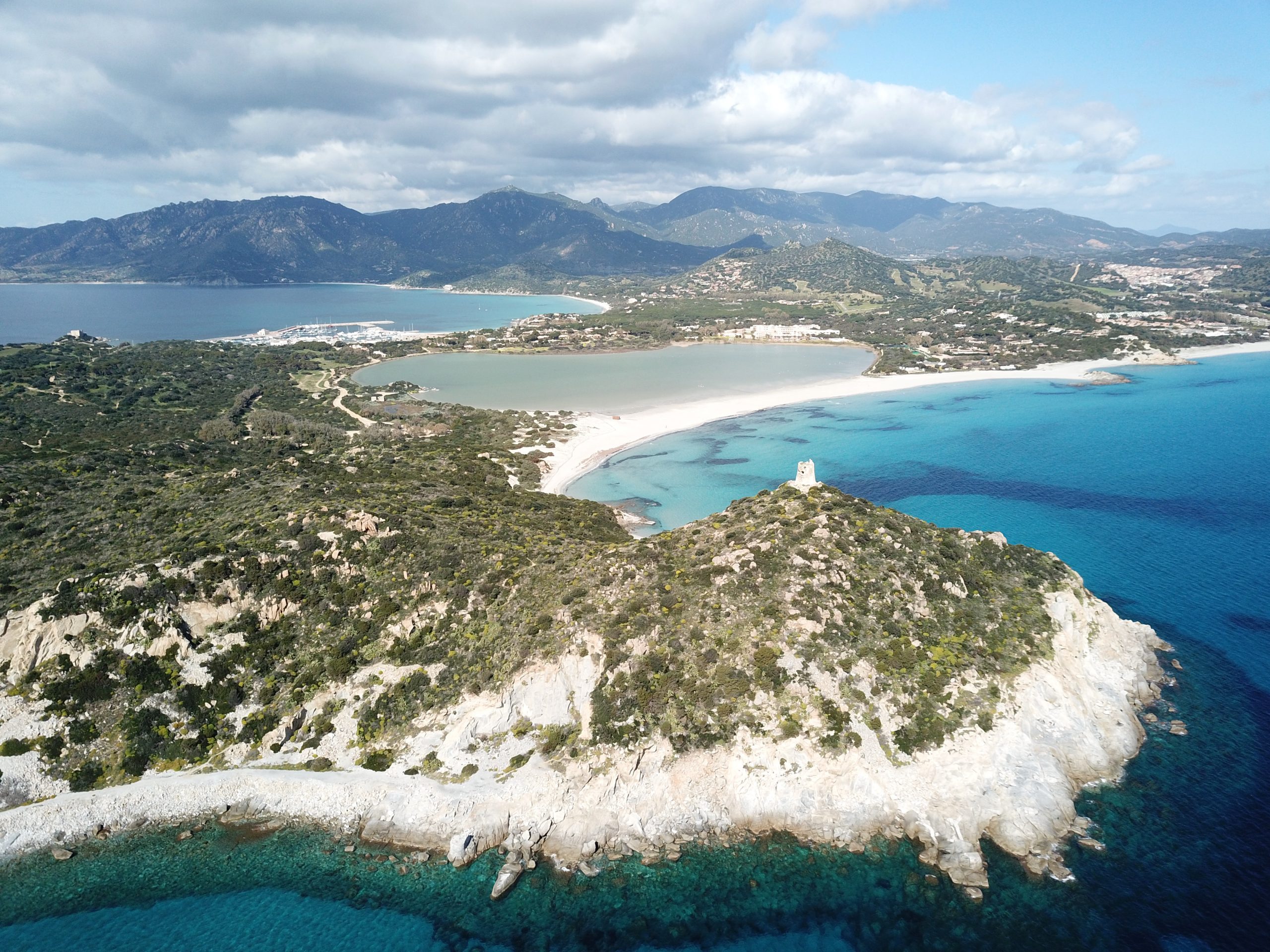Three new marine protection projects have been launched in Sardinia, in partnership between environmental foundation Fondazione Capellino and marine conservation charity Blue Marine Foundation, as part of the #BLUE4ItalianMPAs initiative.
#BLUE4ItalianMPAs, is designed to support seven marine protected areas (MPAs) across Italy including the three new projects in Sardinia. The Sardinian projects will contribute to the restoration of the seabed, the conservation of biodiversity and the expansion and improvement of MPA management in areas considered crucial for the ecosystem heritage of the EU, the Mediterranean and the local region.
These projects have been made possible by the Reintegration Economy, an unprecedented fundraising model created by Fondazione Capellino, to gain awareness of the need for a new inclusive economy, to respect nature and to “give back” all that was stolen from it. The projects have been made possible by the generous donation of Almo Nature.
Dr. Fabrizio Atzori will lead on the MPA in south-eastern Sardinia, Capo Carbonara, where the project will manage the clearing and disposal of fishing gear abandoned or lost by fishermen. This “ghost gear” is a significant source of pollution and risk for the delicate fauna and flora of the area.
The popular tourist area boasts vast Posidonia oceanica seagrass meadows, one of the five Mediterranean seagrasses protected by current international conventions and directives. They represent a large marine lung and are key to the entire complex coastal ecosystem for many benefits: the production of oxygen, absorption of carbon dioxide, as a supply of food, as a deposit of nutrients, a reservoir of biodiversity, as well stabilizing the seabed to protect against coastal erosion.
The Posidonia meadows and the widespread sediments give Capo Carbonara a marine landscape of the highest environmental value, offering a series of shelters for numerous species to reproduce and develop. This ecosystem is currently considered by the scientific community to be one of the most important in the Mediterranean in terms of biodiversity.

On the western coast of northern Sardinia, Capo Caccia (Alghero) MPA will be directed by Dr. Mariano Mariani. This area is home to endangered species such as red coral, hatpin urchins and giant tritons, as well as marine fauna which is fundamental for the balance of the seabed. The project aims to limit the substantial negative human impact of activities such as unregulated anchoring by regulating boat mooring and prioritising low impact activities such as diving in the area – famed for its complex of 100 submerged caves, including the largest sea cave in Europe, “Grotta di Nereo.”
Overseen by Dr. Vittorio Gazale, the Asinara National Park MPA will research and outline improved management and regulation of the Special Area of Conservation, based at the north-western end of Sardinia. Local fisheries management measures will be implemented, allowing habitat recovery for many native species and maintaining the area’s rich and important biodiversity.
The MPA is home to vulnerable species such as the brown grouper and corvina, which have become rare outside the MPA due to overfishing, as well as some IUCN Red List threatened marine mammals such as fin whales, and Caretta caretta turtles.
The ocean provides 50 per cent of the oxygen on earth and is home to delicate ecosystems. This huge blue world stores up to 50 times more carbon dioxide than our atmosphere and absorbs about 25 per cent of the CO2 emissions generated each year by human activity and terrestrial pollution. The creation of new MPAs, as well as the improvement of existing ones, is one of Europe’s priorities and falls within the objectives of the European Biodiversity Strategy 2030.
Fondazione Capellino is dedicated to positive action before it’s too late. The Reintegration Economy exists to play a fundamental part of the solution to human-made problems in the ocean – and the biodiversity and habitats within it that sustain all life on earth.
Cover photo: Capo Caccia


















